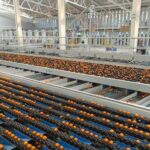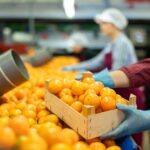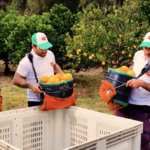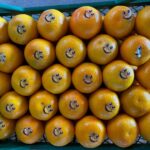Study identifies pathogens causing fruit drop

The premature shedding of fruit from a tree, also known as fruit drop, can cause major economic losses to growers and exporters. However, a recent study conducted at the University of Torino, Italy, could help shed some light on this issue.
Fruit drop was thought to be caused by physiological conditions and other pathogens, such as Huanglongbing (HLB). However, researchers at the University of Torino, Italy, found that fungal pathogens play a major role in causing this phenomenon.
The study was sponsored by the European Union and KeyPlex, and looked at field surveys performed from April to October 2022 in thirty-five citrus orchards in South-central Florida.
A total of 70 fungal isolates were obtained from sampled orchards, with fifty-five isolates identified as Botryosphaeriaceae-like and 15 as Diaporthe spp.
Severe symptoms of dieback and stem-end rot were observed on branches, twigs, and fruit in several orchards across. Scientists then recovered different fungal isolates from plant material samples and preliminarily identified them as Botryosphaeriaceae-like and Diaporthe-like according to their colony morphology.
“We identified for the first time three different species as the main causal agents of this disease: L. iraniensis, Dia. pseudomangiferae, and Dia. ueckerae,” the study said.
Dr. Vladimiro Guarnaccia, associate professor of Plant pathology at the University of Torino and a lead researcher on the project, will present the methods and results of his team’s two years of work at the third and final KeyPlex Citrus Symposium on July 25, 2024, at Seven Sebring Raceway Hotel in Sebring, Florida.













































